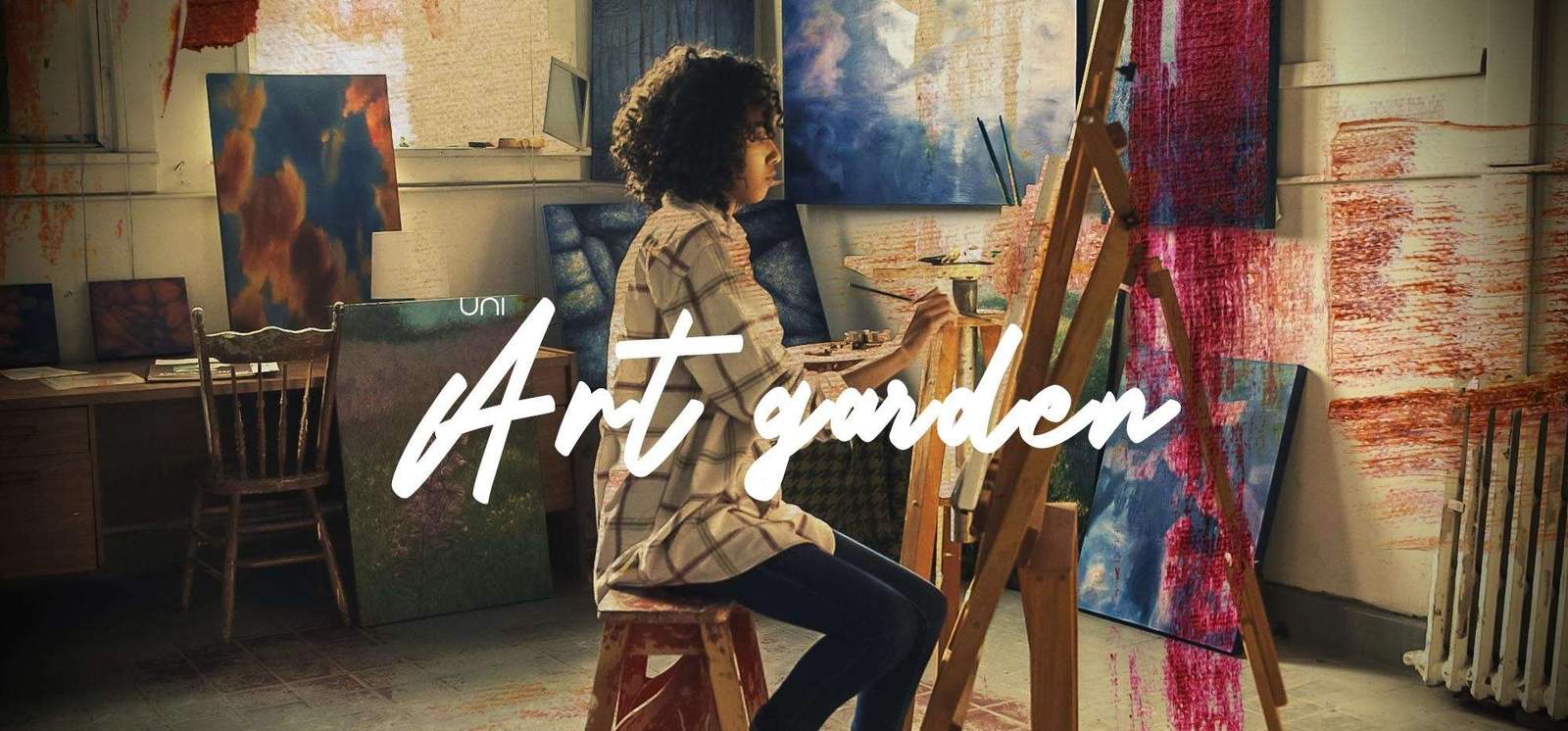Architecture Competition: Art Garden – A sensory experience through an art institute
Architecture and the senses
We perceive architecture through our senses. There are constant atmospheric interactions in space, between lighting intensity and thermal comfort, sound and maybe the perceived level of safety, and so on. Interactions between different senses determine the effect architectural spaces have on our emotional and mental well-being.
The perception of architecture works on different levels. Its view, the larger picture, and the preconceived image in our mind, all merge when we reflect while occupying a space. As they merge, distinct perceptions are created by different individuals experiencing the space in their own way. Similarly, when larger spaces are entered, their form and proportions may overwhelm our image of the space, but the smaller-scale elements are the ones that engage our senses. The small details are capable of creating an exhilarating architectural space.
Can architecture’s power to exhilarate be explored through a multisensory approach?
Providing a multisensory experience
Architecture is primarily designed to cater to our visual senses. Spaces designed in the modern age are deprived of a sensory experience as a result of a technologized world. Not to undermine the value of image view, vision is a stimulus that starts acting at certain distances, so it is a bit detached from our body. To connect to space intimately, the other senses must be provoked.
Architecture and art are intensely connected since both convey a complex set of ideas that a viewer receives. Like architecture, art is multi-layered and tactile in nature. All art evokes sensory stimulation that may trigger cognition, nostalgia, or a range of emotions. In a similar sense, architecture involves designing a space that evokes perception through a multisensory approach. While each sense has its own stimulus, the interaction among them also produces a variable response to a spatial design. So, this common thread between art and architecture can be reinforced with the engagement of multiple senses in design.
Brief of the Competition
Brief: Design an outdoor art school that explores the intensity of architecture to direct experience through multi-sensory design interventions.
The place will be an informal institute that will offer to learn to aspiring artists. It will be a meeting hub for artists across the city, for networking and exhibition of their works. The center must consist of open or semi-open spaces for conducting outdoor classes.
The ambiance of this center will be different from formal institutes and freedom to discover and learn at their own pace will be encouraged. Space should promote social, cognitive, and emotional development along with practical skills.
The aim of the design is to create a unique journey throughout the center for artists, audiences, and visitors. The senses of sight, sound, smell, and touch must be engaged in the design. Social spaces must be designed to support interaction among local artists and potential sponsors.


 العربية
العربية